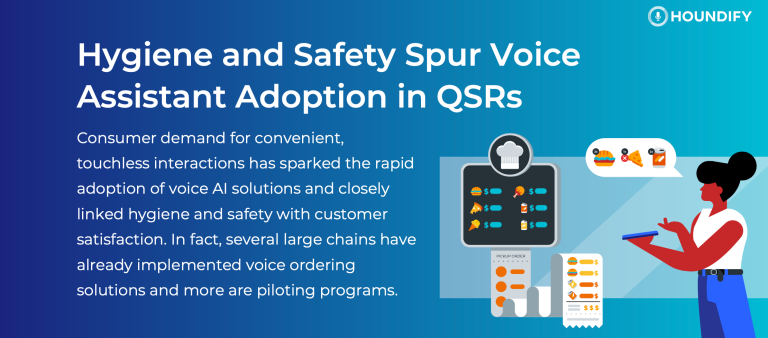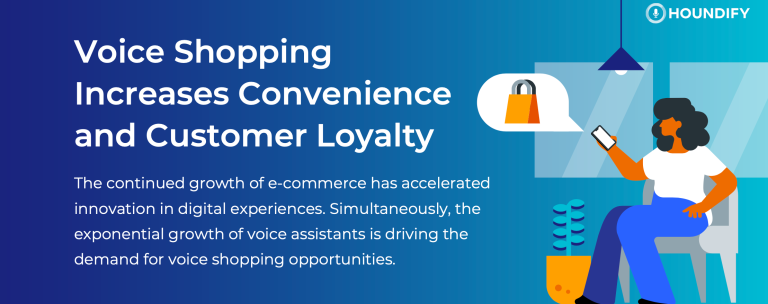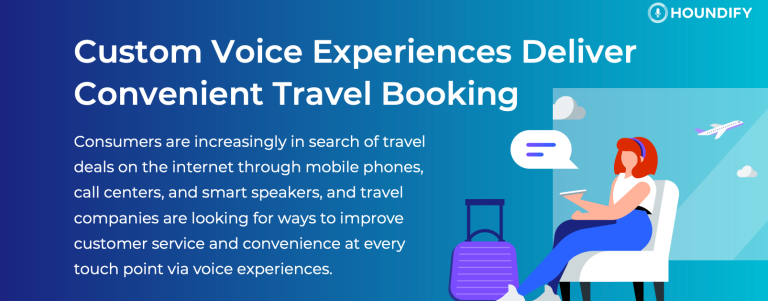How does a voice assistant provide a great user experience? User research has shown that it often comes down to performance factors such as the ability to deliver helpful suggestions and access to vital information, the accuracy of search results, and the reliability of things like navigation or point of interest identification. Depending on the use case, all of these elements may contribute to positive voice experiences that build lasting impressions with the user. While users agree about what makes a voice assistant useful, the businesses that deploy them also have a common goal: create exceptional user experiences to grow the bottom line.
Positive user experiences are essential to good reviews, increased Net Promoter Scores (NPS), creating brand evangelists, and users recommending the product to others or purchasing again in the future. A poor user experience, though, can do a lot of damage to a company. According to a study by PwC, 32% of customers would leave a brand they loved after just one bad experience, proving that consistent, positive interactions are key to retaining loyal customers.
Whether it’s a kiosk at a QSR, a smart TV in a hotel room, or a mobile app for trains, brands are voice-enabling their products and services to create user experiences that are fast, convenient, efficient, and hands-free. Although voice strategy goals are consistent across businesses in a variety of industries, how each brand implements a voice assistant can vary greatly.
8 key industries leading the way for voice AI innovation include:
- Banking and finance
- Hospitality
- QSRs
- IoT
- Retail
- Telecom
- Transportation
- Entertainment and media
Leading brands in each of these industries have already established voice assistants and voice-enabled products that are setting the standard for others to follow. Let’s take a deeper dive into what’s happening in the voice-first era in these industries.
Banking and finance
Houndify Banking & Finance Infographic
Voice assistants in banking and finance create exceptional user experiences on mobile apps, websites, and contact centers. Users of voice-enabled mobile apps for banking are getting the answers they need quickly, securely and fiction-free, and voice assistants in call centers are finally delivering on the promise of fast and easy resolutions to a variety of customer concerns.
Voice-enabled mobile apps offer key benefits to users, including:
- Easier to navigate menus
- Faster search
- Increased accessibility
- Improved accuracy
- Personalization
- Privacy
Conversational AI call centers have immense advantages for financial institutions by offering personalized experiences and natural interactions. According to the Opus Research Survey, 94% of respondents say customer service is the number one business function fulfilled by voice assistants. Instead of having to listen to lengthy and complex menus in legacy IVR systems, conversational AI allows the user to state their need simply by asking. Advanced technologies also provide the voice assistant with the ability to look up and analyze account information in seconds that would otherwise take minutes for a human operative to find.













